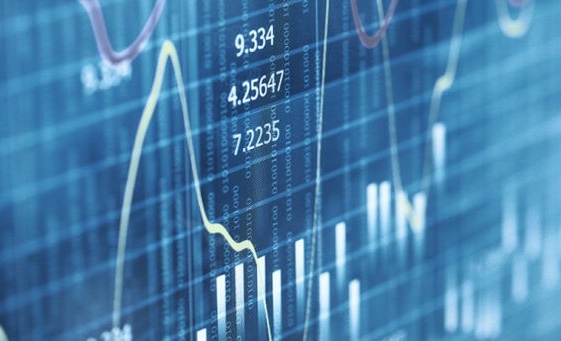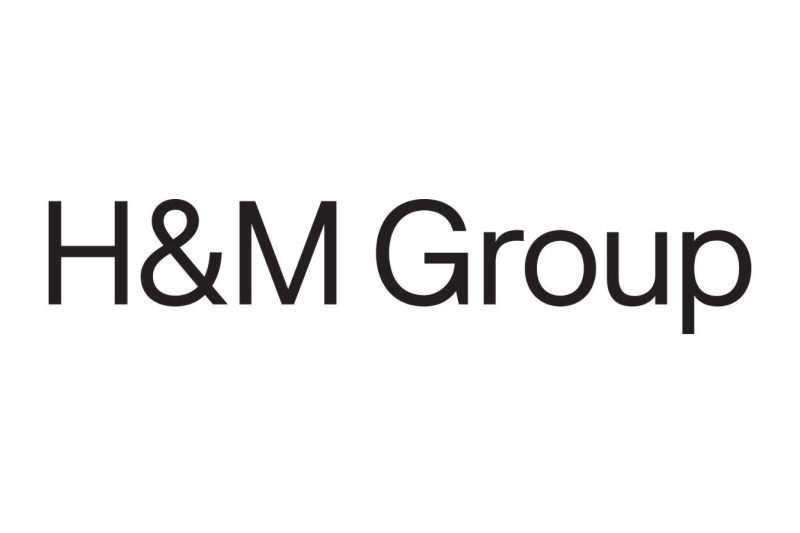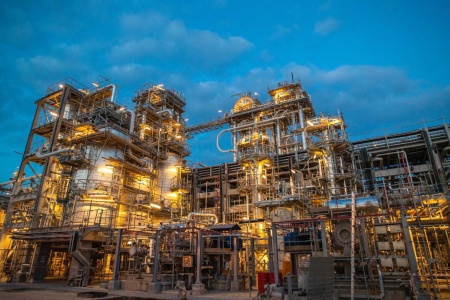
What do companies that listen to climate science have in common?
5th May 2016
More than 150 companies have committed to use climate science to set targets for reducing corporate greenhouse gas emissions, in line with the international effort to keep global warming below 2 degrees C (3.6 degrees F) over pre-industrial levels as set out in the Paris Agreement. Our interviews with sustainability leaders at five companies that have science-based targets in place show they share important characteristics that drive their ambition and underpin their success.
Here’s what these successful companies had in common:
1. Track Record of Meeting or Exceeding Emissions Targets
Each company had a demonstrated history successfully meeting ambitious emissions targets. For example, Coca-Cola Enterprises, the world’s third-largest independent bottler of Coca-Cola Company products, set a target in 2011 to reduce absolute emissions by 15 percent. After three years and heavy investment in energy efficiency, emissions were down by 29 percent — nearly double its original goal. This gave them the confidence to go for a real ‘stretch’ target aligned with the latest science.
International Post Corporation, a cooperative association of 24 postal operators, met its 2020 goal to reduce emissions by 20 percent six years ahead of schedule.
2. Appreciation for the Business Case
Each company saw a compelling business case for doing more to cut emissions. They said any short term costs would be outweighed in the medium term by competitive advantage, energy savings and staying ahead of regulation.
Pfizer’s Environmental Sustainability Advisor, Sally Fisk, told us, “We managed to hit our past targets without sacrificing internal return on investment targets. Thus, the business case has not been too difficult to make.”
Since 2000, Pfizer has implemented approximately 3300 energy projects, cutting emissions by approximately 814,000 tonnes of carbon dioxide and saving the company roughly $150 million annually, a good deal for the company and the planet.
3. Appreciation for Climate Science
Science-based goals help companies answer the question, “What is a ‘good enough’ target?” which helps foster a sense of coherence and internal commitment.
Coca-Cola Hellenic Bottling Company, another leading bottler of Coca-Cola Company products with operations in 28 countries, has pledged to cut absolute emissions across its operations and value chain 25 percent by 2020. Galya Tsonkova, Environment Manager for Coca-Cola HBC, explains: “In the past, companies would set targets without the necessary information or a solid point of reference. They would just pick a round figure and aim for cuts of 20, 30, 40 percent, with no further justification, other than generic aspirations. Now, we have a target that is reviewed and approved by external, credible experts for alignment with relevant scientific methodology. That makes a big difference, both for external stakeholders as well as to our management.”
4. Company-wide Participation
All six companies employed similar methods of engaging the employees around emissions reductions. Generally, steep emissions reductions require:
— a sustainability team to track emissions and advocate for reductions;
— a supportive executive; and
— staff across many levels and disciplines using their expertise and perspectives to drive low-carbon solutions.
Pfizer’s target was developed by experts from the company’s environmental health and safety, environmental law, and global engineering groups. The engineers then work with sustainability teams at individual facilities to explore creative ideas for reducing emissions. Similarly, Coca-Cola Enterprises set up sustainability working groups across various areas of the business, such as transportation and packaging. “Therefore, people involved in our day-to-day business operations are leading the transition to a low-carbon business,” said Joe Franses, Coca-Cola Enterprises’ Director of Corporate Responsibility & Sustainability.
5. Stakeholders Who Want a Smaller Corporate Carbon Footprint
The Paris Agreement gives the world a mandate for cutting emissions, raising expectations of customers and other corporate stakeholders.
Thalys, a European train operator serving metropolitan areas such as Paris, Brussels, Amsterdam and Cologne, told us that nine out of 10 of the company’s customers said that sustainability matters.
NRG Energy, which supplies power to nearly 3 million customers throughout the United States, is investing in renewables to “future proof” its businesses in the eyes of cautious investors and conscientious customers. Laurel Peacock, Senior Sustainability Manager, told us, “Having an ambitious target for reducing emissions and managing our plants is important to show that we will remain reliable, sustainable, and safe suppliers now and in the future.”
6. Strategy Tailored to the Business
Each company has a unique strategy for cutting emissions, based on its own challenges and opportunities.
“Our power generation assets — such as coal power plants and associated machinery — have long lives,” NRG’s Peacock said. “We know that in order to evolve our system it will take 30-40 years. So we need to think long term: having a science-based target helps us do that.” NRG’s strategy takes advantage of attrition of aging facilities while investing in environmental enhancements for active facilities along with extensive investments in wind and solar energy.
Marius Perrois, CSR Officer at Thalys, said that ambitious emissions goals drove innovation in the company’s catering operations. “This means sourcing more local, seasonal produce, more organic (food), less red meat. These small changes have had a huge impact: we halved the emissions from our on board catering between 2008 and 2016, with no extra cost. At the same time, customer satisfaction has gone up, so it’s a win-win.”



